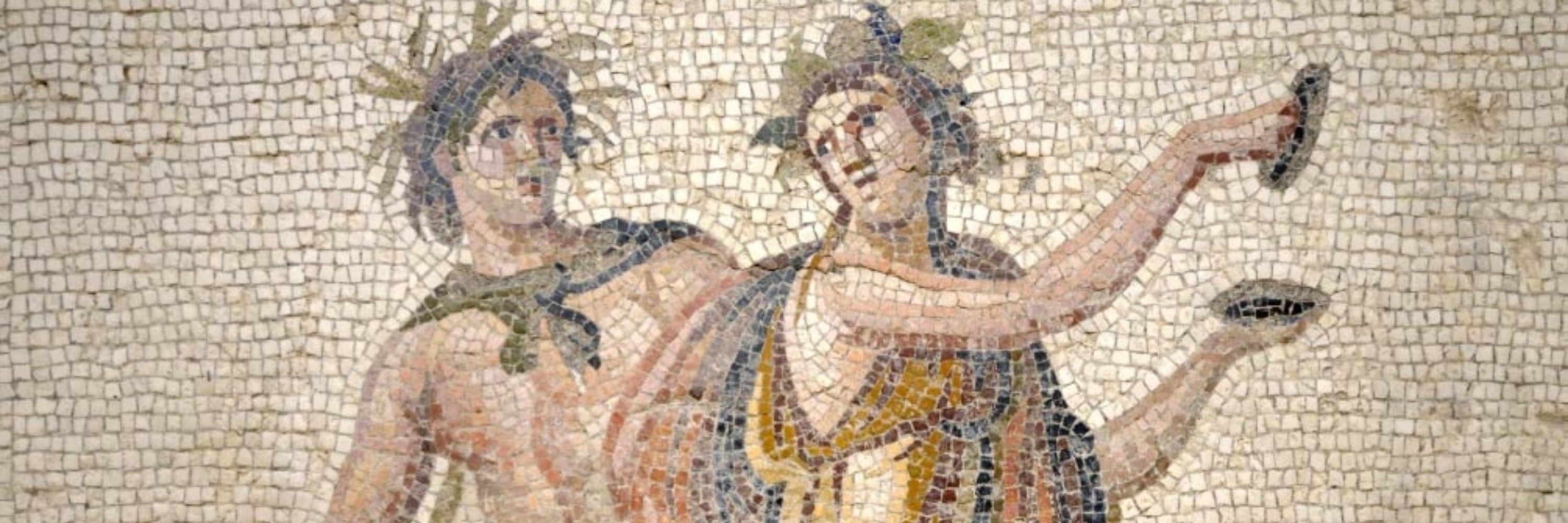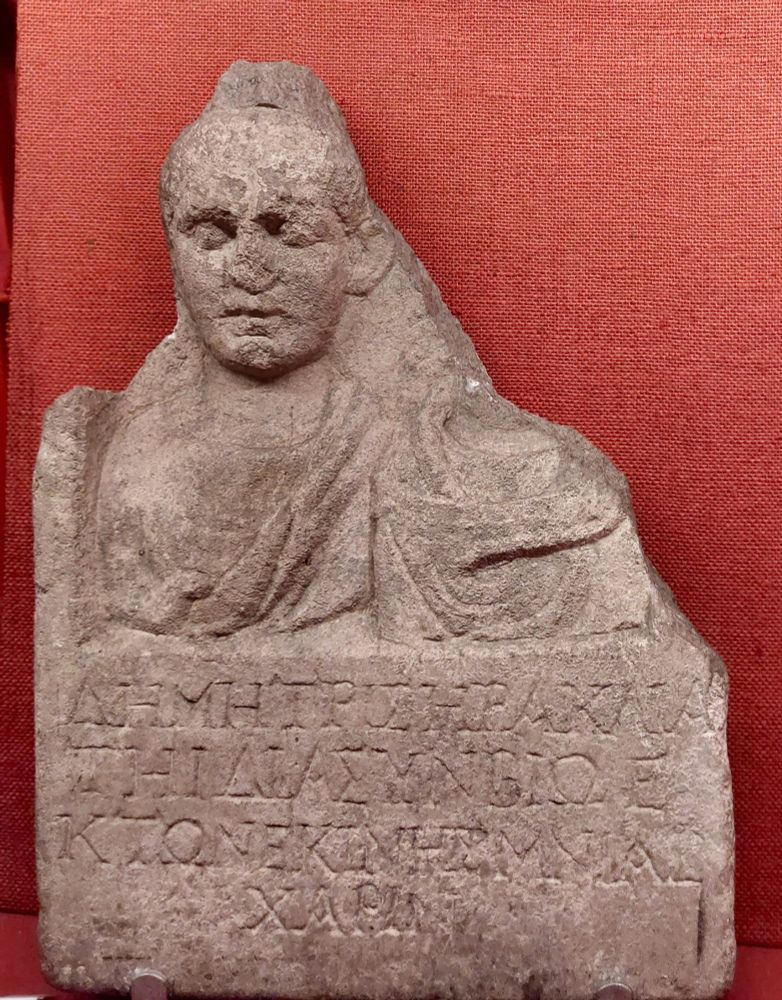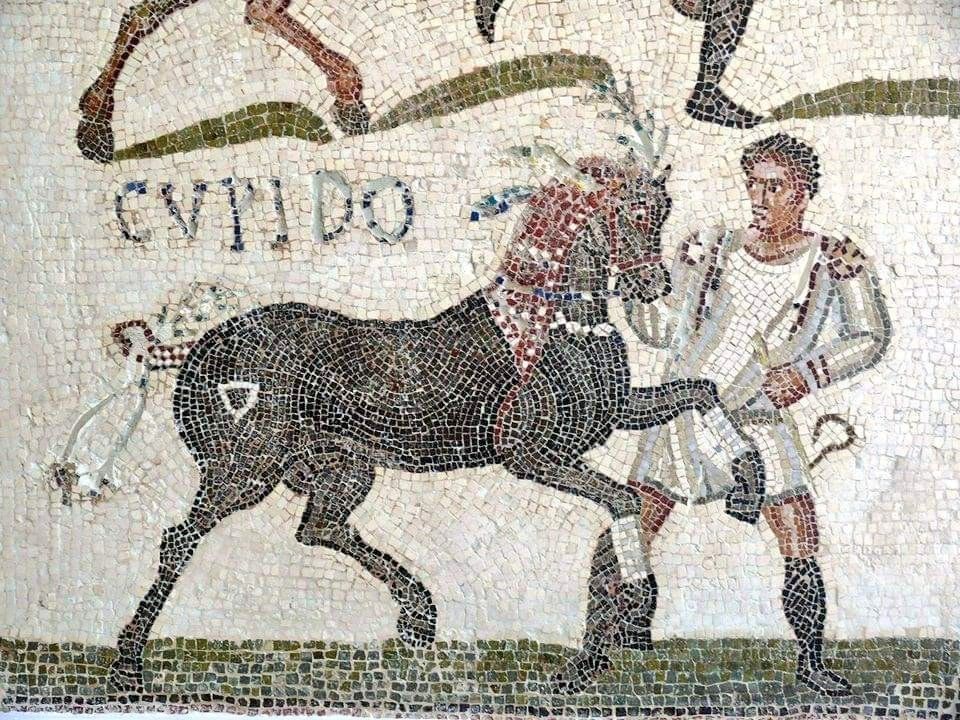

The Scimnianii produced olive oil in Roman Baetica, southern Hispania.
📸 my own, Dundee.
#FindsFriday
#RomanBritain
#Archaeology

The Scimnianii produced olive oil in Roman Baetica, southern Hispania.
📸 my own, Dundee.
#FindsFriday
#RomanBritain
#Archaeology

www.bbc.com/news/article...

www.bbc.com/news/article...

www.bbc.com/news/article...

Bronze head of Hadrian, from a larger statue. Hollow cast in the round. The pupils of the eyes, probably of glass, are now lost. The head has been roughly hacked from its body. 117-138 AD. Found in the River Thames at London Bridge.
(See Alt. For details)
#History #Art #Archaeology


Bronze head of Hadrian, from a larger statue. Hollow cast in the round. The pupils of the eyes, probably of glass, are now lost. The head has been roughly hacked from its body. 117-138 AD. Found in the River Thames at London Bridge.
(See Alt. For details)
#History #Art #Archaeology
Brilliantly written & includes the best description of the frenetic & brutal attack on Ynys Môn/ Anglesey by the Romans in AD60 ⚔️👌
Brilliantly written & includes the best description of the frenetic & brutal attack on Ynys Môn/ Anglesey by the Romans in AD60 ⚔️👌
Bronze head of Hadrian, from a larger statue. Hollow cast in the round. The pupils of the eyes, probably of glass, are now lost. The head has been roughly hacked from its body. 117-138 AD. Found in the River Thames at London Bridge.
(See Alt. For details)
#History #Art #Archaeology


Bronze head of Hadrian, from a larger statue. Hollow cast in the round. The pupils of the eyes, probably of glass, are now lost. The head has been roughly hacked from its body. 117-138 AD. Found in the River Thames at London Bridge.
(See Alt. For details)
#History #Art #Archaeology
Miss the old man. 21 years. Can still hear is voice in my head if I try. Or think I can. Time just dulls the senses. But not the memories.
Go easy up there. ♥️

Miss the old man. 21 years. Can still hear is voice in my head if I try. Or think I can. Time just dulls the senses. But not the memories.
Go easy up there. ♥️
Pair of showy fibulae. Part of the Treasure of Untersiebenbrunn, from an East Germanic (Gepidic) grave discovered in 1910. #Gold plating on silver with inlaid garnet, glass, enamel.
#Archaeology
#Art #History #artwork #Jewellery

Pair of showy fibulae. Part of the Treasure of Untersiebenbrunn, from an East Germanic (Gepidic) grave discovered in 1910. #Gold plating on silver with inlaid garnet, glass, enamel.
#Archaeology
#Art #History #artwork #Jewellery
1st C #Roman tombstone set up by 'Demetrius to Heraclia his wife at expense of her own estate', missing her head.
In All Hallows by the Tower.
From foreshore where spolia from 19th C building of Tower Hill station (nr church) was dumped - and not far from future Chinese embassy...

1st C #Roman tombstone set up by 'Demetrius to Heraclia his wife at expense of her own estate', missing her head.
In All Hallows by the Tower.
From foreshore where spolia from 19th C building of Tower Hill station (nr church) was dumped - and not far from future Chinese embassy...
This one offered welcome shelter from the regular downpours at Flag Fen on Sunday

This one offered welcome shelter from the regular downpours at Flag Fen on Sunday
Despite having only one fire this double roundhouse was warm & cosy, a pretty good place to live!
🎥 My own
Despite having only one fire this double roundhouse was warm & cosy, a pretty good place to live!
🎥 My own
We absolutely love it 😍
📷 © Frances Griffith 1989 / Somerset HER 49223
somersetheritage.org.uk/record/55105
#HillfortsWednesday

We absolutely love it 😍
📷 © Frances Griffith 1989 / Somerset HER 49223
somersetheritage.org.uk/record/55105
#HillfortsWednesday

From the cover of *Drawing Somerset's Past* published by #HistoryPress and @museumofsomerset.bsky.social

From the cover of *Drawing Somerset's Past* published by #HistoryPress and @museumofsomerset.bsky.social
Liddington Castle, locally called Liddington Camp, is a late Bronze Age and early Iron Age univallate hillfort in Liddington parish in the English county of Wiltshire, and a scheduled monument.
See Alt. For more details
📸 Mik Peach CC BY-SA 4.0

Liddington Castle, locally called Liddington Camp, is a late Bronze Age and early Iron Age univallate hillfort in Liddington parish in the English county of Wiltshire, and a scheduled monument.
See Alt. For more details
📸 Mik Peach CC BY-SA 4.0
About 2,000 years-ago, a dog made its mark for ‘pawsterity’ when it wandered across the wet tile laid out to dry before firing.
From Richborough Roman fort
📷 by me
#TilesonTuesday
#Archaeology

About 2,000 years-ago, a dog made its mark for ‘pawsterity’ when it wandered across the wet tile laid out to dry before firing.
From Richborough Roman fort
📷 by me
#TilesonTuesday
#Archaeology
Location: Saqqara Necropolis, Egypt (northwest of the city of Memphis) and the bent Pyramid. c.2600 BCE
Location: Dashur Necropolis, #Egypt
#TombTuesday


Location: Saqqara Necropolis, Egypt (northwest of the city of Memphis) and the bent Pyramid. c.2600 BCE
Location: Dashur Necropolis, #Egypt
#TombTuesday
at Deir El Medina.who They lived sometime during the reign of Ramesses II during the New Kingdom (1279–1213 BC).
#Archaeology #History
#TombTuesday #Egypt

at Deir El Medina.who They lived sometime during the reign of Ramesses II during the New Kingdom (1279–1213 BC).
#Archaeology #History
#TombTuesday #Egypt

Floor mosaic with 4 #horses. The horses are identified by name and represent the 4 factions, each indicated by a color: Pupillo the blue faction, Cupid the white, Amatore the green and Aura the red.
📸Archaeological Museum of Sousse, #Tunisia ##Roman #History




Floor mosaic with 4 #horses. The horses are identified by name and represent the 4 factions, each indicated by a color: Pupillo the blue faction, Cupid the white, Amatore the green and Aura the red.
📸Archaeological Museum of Sousse, #Tunisia ##Roman #History
Fragment of a floor mosaic depicting a woman with a sistrum, probably priestess of Isis cult -Late #Roman period, 4th century AD - from a domus in #Carthage, #Tunisia - now in the British Museum.
#History #art #Archaeology

Fragment of a floor mosaic depicting a woman with a sistrum, probably priestess of Isis cult -Late #Roman period, 4th century AD - from a domus in #Carthage, #Tunisia - now in the British Museum.
#History #art #Archaeology


